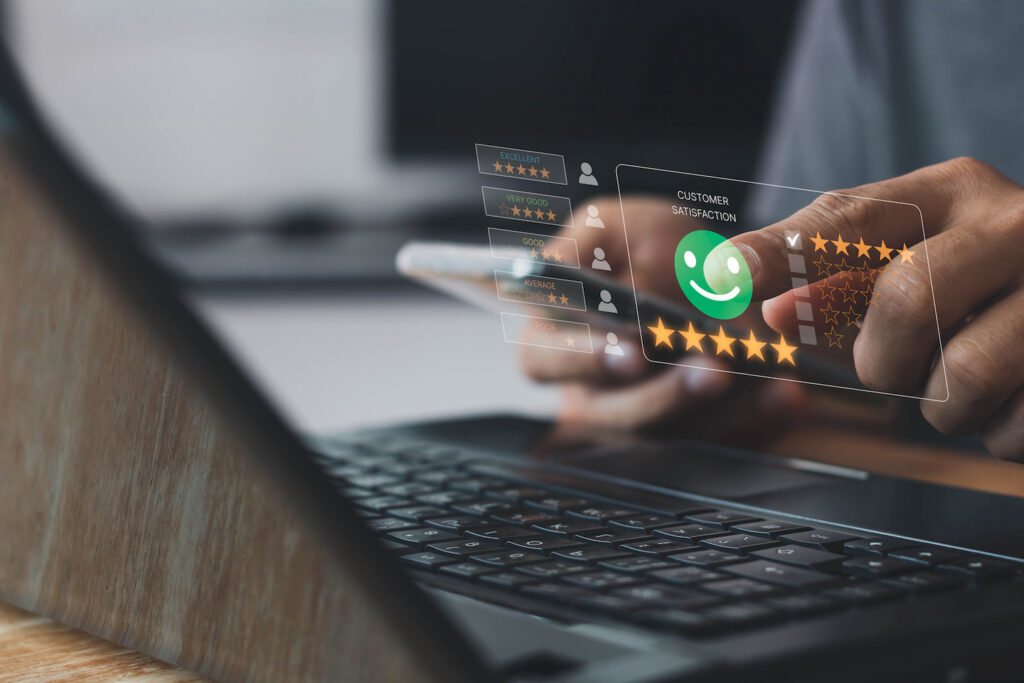Drive real results with target consumers by developing personas
Personas are an excellent tool to help narrow in on target audiences and create a successful marketing campaign. Buyer personas – sometimes called marketing personas or customer personas – are detailed, fictional depictions of target consumers. Persona development often follows market segmentation (the process of dividing your target market into approachable groups). Each persona encompasses the most common traits within a group. This fictional character becomes more realistic with every layer added, which can include demographics, behaviors, needs, paths to purchase (the customer journey), purchasing habits, and sentiments. These individuals can be given a name, face, and concrete narrative, all of which will help guide product development and marketing messaging strategies.
Since brands often will target several types of consumers, it is important to consider a variety of buyer personas to cater to the needs of your target market. While needs and sentiments will differ on an individual basis, buyer personas help to create a broad representation of consumers that may be most – or least – interested in your product. In B2C markets, where transactional and marketing data is available, buyer personas are relatively easy to create. However, in B2B markets, taking the guesswork out of who your buyers are and what motivates them can be more challenging. Below are helpful tips.
How should brands go about creating buyer personas?
1. Research your customers
The first step in crafting personas is to understand your customers. What is their background? How do they think, feel, and act? To do this, consider investing in market research through in-depth interviews, surveys, an online bulletin board, or focus groups. Through these mediums, brands can get a complete view of how customers answer important questions. Aim to understand their demographics, including age, gender, location, past experience, educational background, etc. This will lay groundwork for better understanding your customers. Then, use research to map their purchase process. How do they choose a brand, product, location? Finally, dive into their feelings and perceptions toward a brand or product. What are their likes and dislikes, and why? What problems do they face, and what creative solutions can they think of for these problems? Direct customer feedback can be enlightening.
2. Segment your customers
After collecting data on your customers through qualitative and quantitative research, it’s time to segment your audience. You will need to put your customers into distinctive groups, but groups that are broad enough to encompass a variety of individuals. You can choose how you would like to segment customers based on the needs of your business. Perhaps you choose to segment by geographic location, a demographic category (age, gender, income, etc.), or a psychographic category (behavior, feeling, lifestyle, etc.). Group your individual customers into their respective categories in order to narrow them down to specific personas.
3. Create persona descriptions
Now comes the most creative part of the process – crafting your personas. With your segmented groups on hand, start creating a visual or descriptive representation of each group in the form of a fictional character. Think of each persona like someone you could tell a story about. Describe their background and how they came to the point of purchase. Determine their goals, their motivations, and what they are looking for in your product – why would they decide to purchase? Then write about their challenges, fears, and frustrations – why may they decide not to purchase? Completing this exercise will give you a recognizable picture of your segmented customers. Each persona will help ignite idea generation for how to convert prospects into loyal customers.
How do you use buyer personas?
After you craft your buyer personas, you now can use them to more easily assess and reach your ideal customers. Use your persona templates to determine which segmented group each new customer falls into. You then can use the persona descriptions to create targeted marketing and messaging campaigns for your various audiences. Remember to think about the behaviors, feelings, and demographics of each persona type, and how they would like to be communicated with, and send tailored messages to each persona group.
Buyer personas are a creative and effective tool for understanding your target consumers. By researching your customers, segmenting your data, and creating personalized descriptions of your customers, you can more effectively communicate with consumers and help your brand grow. Integrate your buyer personas into your marketing and sales functions, and continue to analyze, reflect on, and adapt personas to continuously improve your marketing strategy. This will increase the potential for your messages to make their intended impression and drive real results.
Related reading: CX in a B2B World




